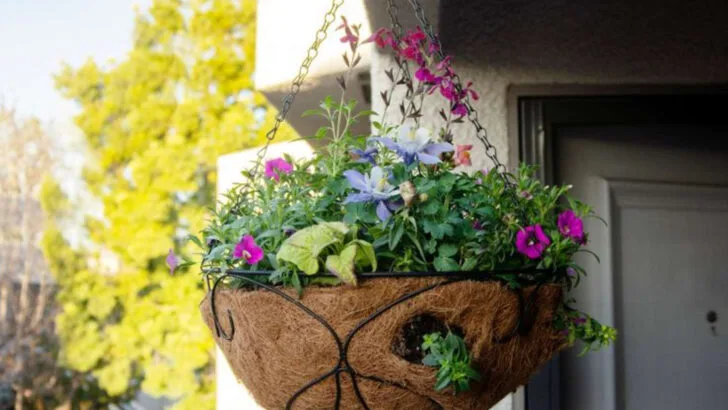Think you need a sprawling backyard to grow your own food or flowers? Think again. With the right approach, even the tiniest balcony, patio, or sunny windowsill can become a thriving green oasis. It’s not about how much space you have—it’s about how cleverly you use it.
In this guide, we’re sharing 20 creative, space-saving garden ideas that prove productivity doesn’t need square footage. From vertical planters and hanging herb walls to stacked veggie beds and multi-use furniture with built-in plant space, these tips are made for urban gardeners, renters, and anyone who wants more green in less room. You’ll be amazed how much you can grow in the space you already have.
At Plantisima, we know our readers love big results from small beginnings. Whether you’re craving homegrown tomatoes, vibrant blooms, or fresh herbs at your fingertips, these smart tricks will help you build a lush, efficient garden—no yard required.
Vertical Gardens
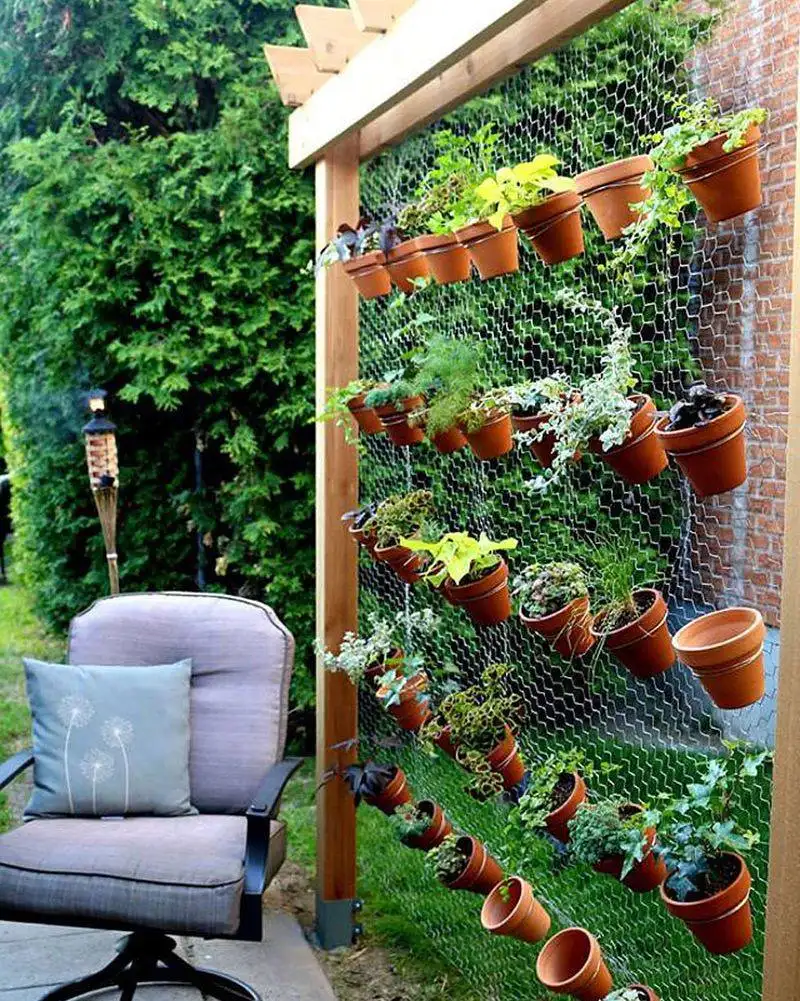
Imagine walls of greenery where every inch counts. Vertical gardens transform plain walls into thriving plant displays. Opt for wall-mounted pots or pockets filled with herbs, flowers, or even vegetables. They’re perfect for balconies or small patios. Experiment with different plant combinations to create a visually stunning tapestry. Adding a drip irrigation system can make maintenance a breeze while ensuring plants get the right amount of water. Vertical gardening not only saves space but also adds a refreshing aesthetic to any area.
Hanging Baskets
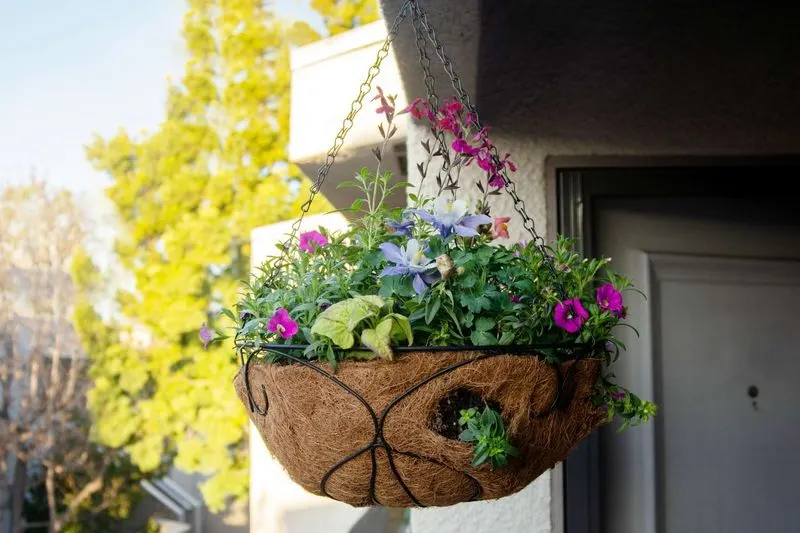
Floating gardens might sound like magic, but hanging baskets bring this idea to life. Utilize overhead space by suspending baskets filled with trailing plants like strawberries or petunias. They add color and fragrance without taking up ground space. Choose lightweight containers and ensure they have good drainage. Regular watering and feeding will keep your hanging garden vibrant. Hanging baskets can beautify pergolas, balconies, or any outdoor area in a charming and efficient manner.
Container Gardening
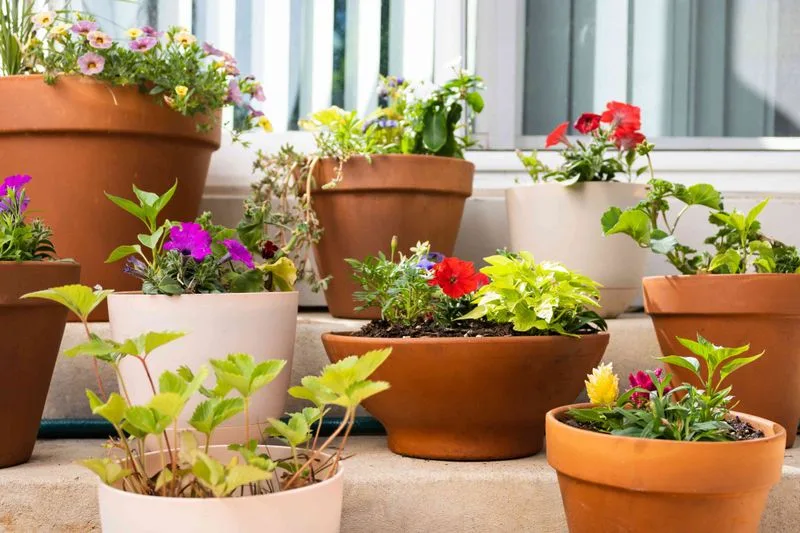
Containers can be a gardener’s best friend when space is limited. They provide flexibility, allowing you to move plants to capture sunlight or avoid harsh weather. Tomatoes, peppers, and herbs thrive in pots. Choose containers with good drainage and use quality soil to enhance plant health. Regularly check moisture levels, as potted plants can dry out quickly. Experiment with different pot shapes and sizes to create an interesting layout that suits your space.
Windowsill Herb Gardens
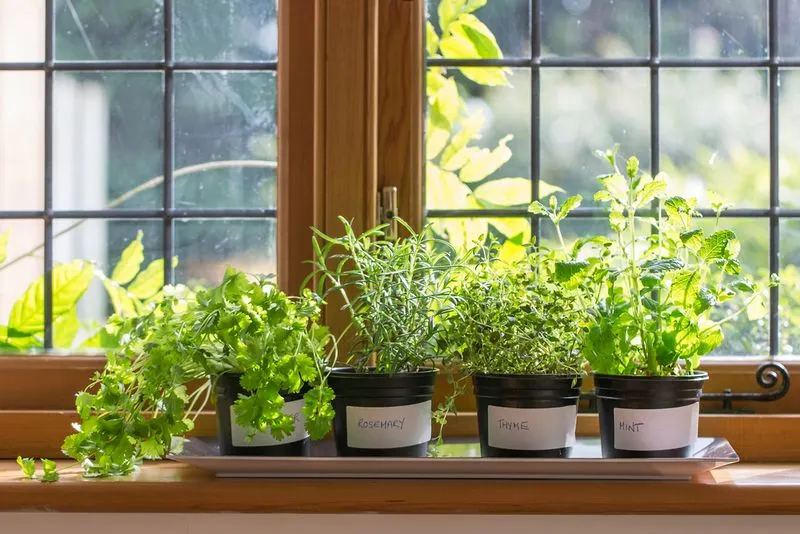
Turn your kitchen into a fragrant haven with windowsill herb gardens. Basil, mint, and chives can thrive right on your sill. Ensure pots have drainage holes and receive adequate sunlight. The convenience of having fresh herbs at your fingertips is unmatched. Water regularly and trim herbs to encourage growth. This setup not only saves space but adds a touch of green to your indoor environment, making cooking a fresh and aromatic experience.
Tiered Plant Stands
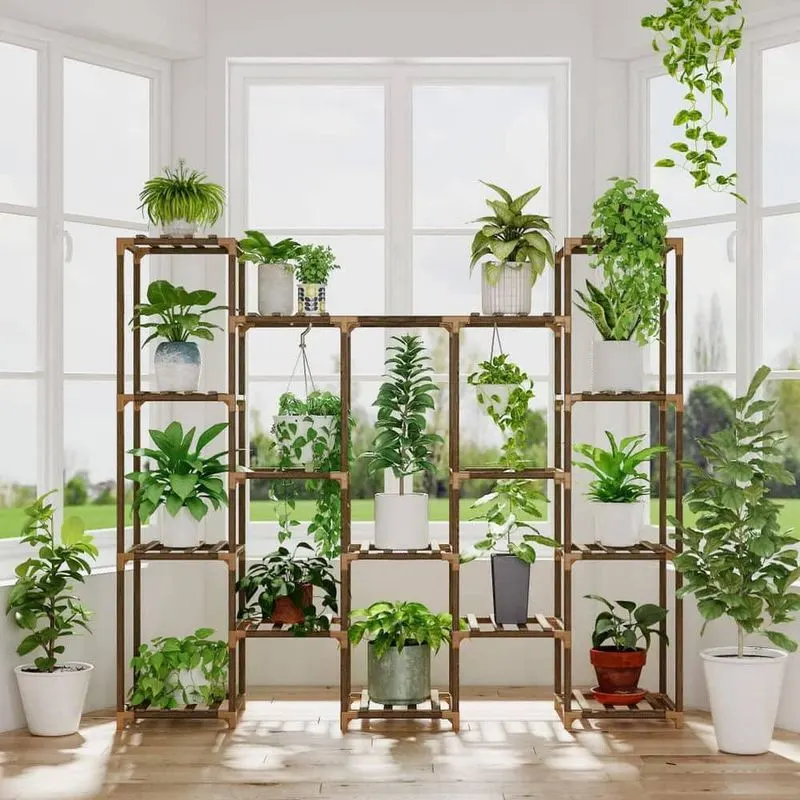
Tiered stands are like multi-story homes for your plants. They allow you to organize different species in a compact area. Use them on balconies or patios to maximize vertical space. Mix flowering plants with greenery for a lively display. These stands enable easy access to each plant for watering and care. Their versatility makes them suitable for seasonal plant rotations. Tiered stands are both practical and decorative, perfect for creative small space gardening.
Rail Planters
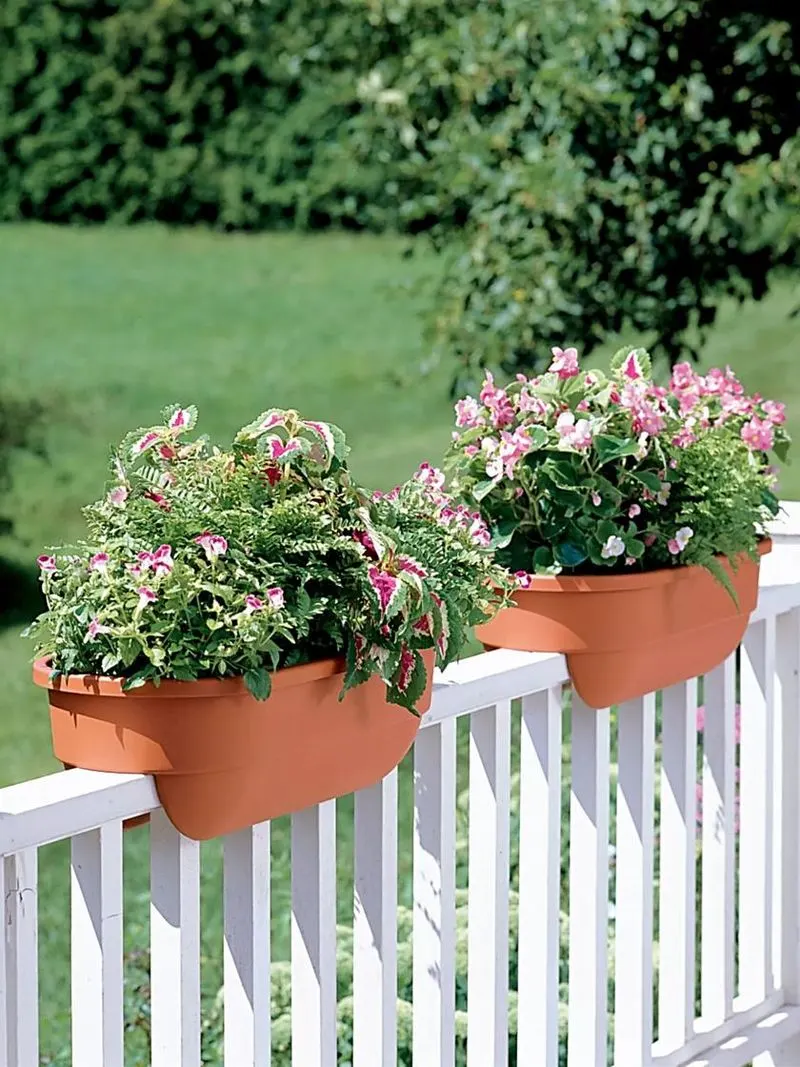
Rail planters turn ordinary balcony railings into vibrant mini-gardens. They’re ideal for growing herbs, flowers, or salad greens. Securely attach them to railings, ensuring they are stable and have proper drainage. This method adds greenery at eye level, enhancing the outdoor aesthetics. Regular maintenance like watering and trimming ensures a healthy display. Rail planters make efficient use of space while providing easy access to your plants, perfect for urban dwellers.
Mini Greenhouses
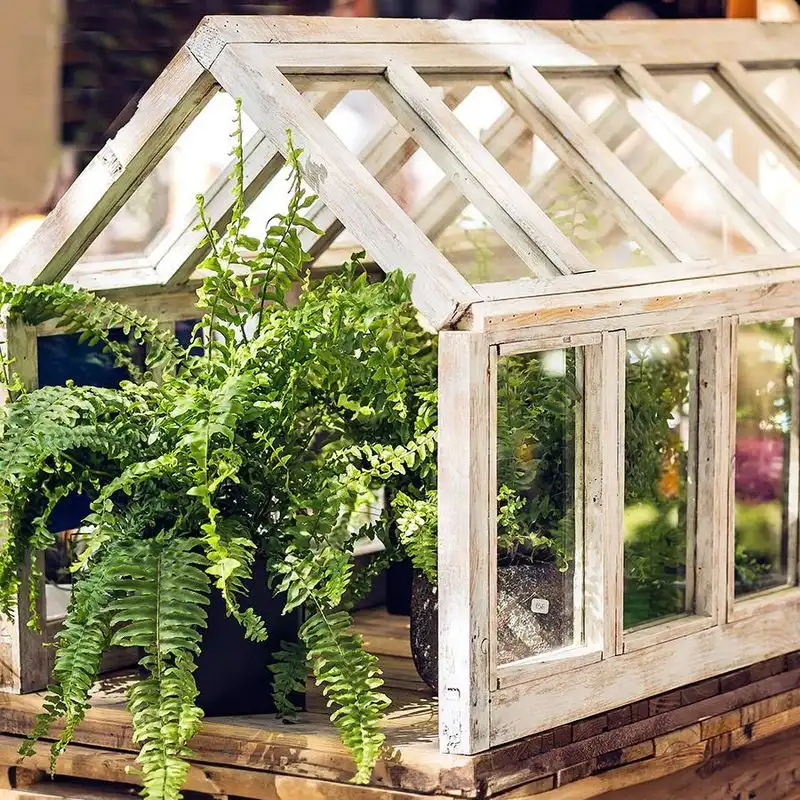
Mini greenhouses are like cozy shelters for your plants, protecting them from elements and extending growing seasons. They’re perfect for starting seeds or housing delicate plants. Place them on balconies, patios, or any small outdoor area. Ensure they have proper ventilation and access to sunlight. Regularly monitor temperature and humidity to avoid overheating. Mini greenhouses offer a controlled environment, making them invaluable for small space gardeners looking to cultivate a variety of plants year-round.
Trellises and Arbors
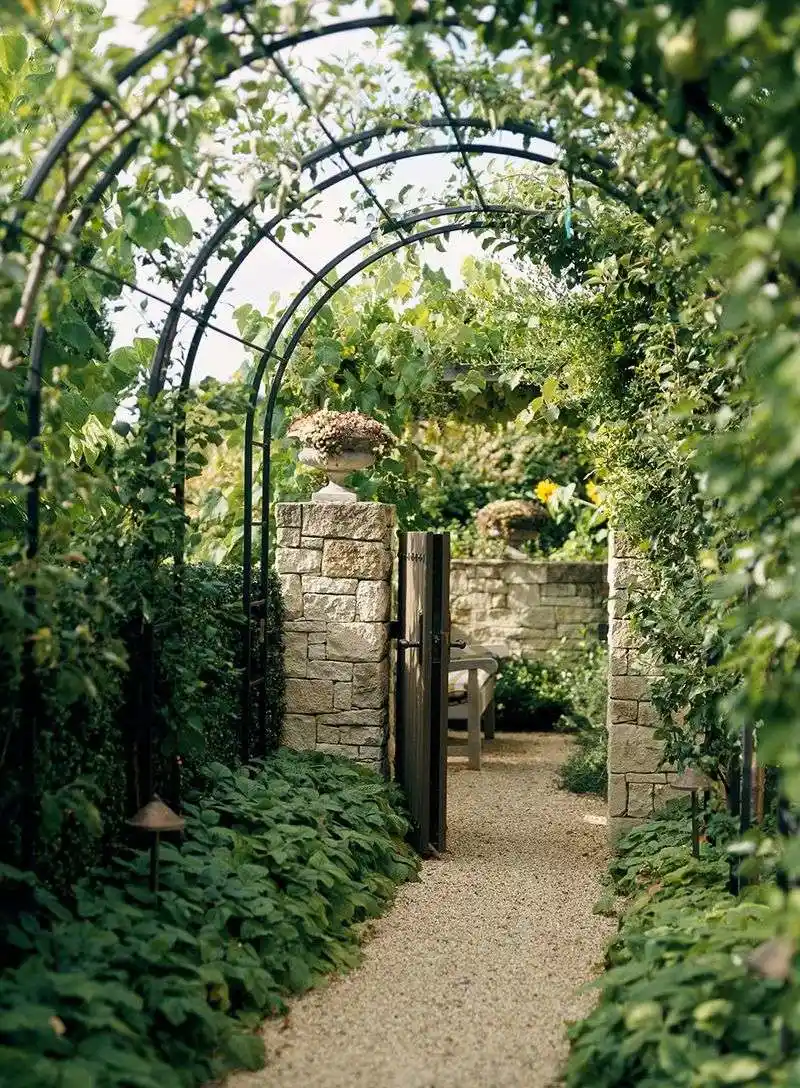
Trellises and arbors provide support for climbing plants, turning vertical spaces into productive areas. Grow cucumbers, beans, or climbing roses to create a natural screen or focal point. Position them against walls or as standalone features in gardens. They save valuable ground space while adding height and interest to the landscape. Regularly guide plants to ensure even growth. This method enhances both the functionality and beauty of small gardens.
Hydroponic Systems
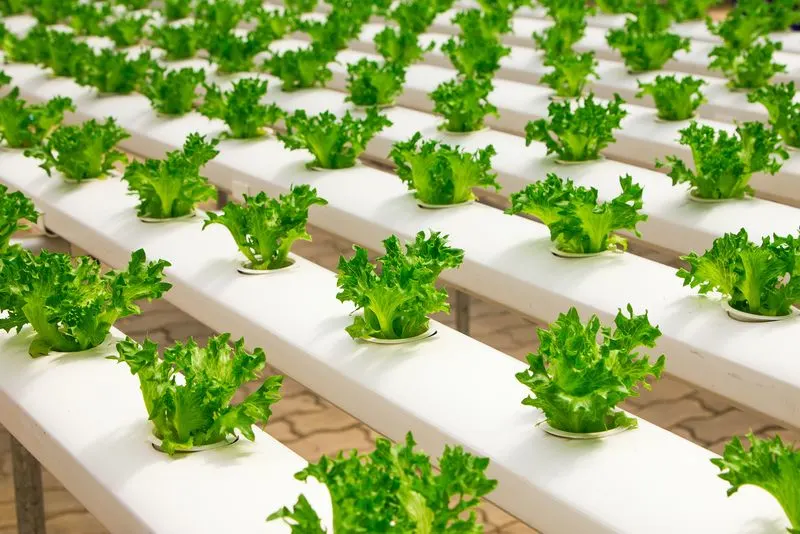
Hydroponics might sound high-tech, but it’s a space-efficient way to grow plants without soil. Systems like vertical towers or countertop setups can fit in small spaces. They use nutrient-rich water solutions to grow lettuce, herbs, and more. LED lights ensure plants receive adequate light indoors. Regular monitoring of nutrient levels and pH is essential for success. Hydroponics offers a modern approach to gardening, perfect for tech-savvy gardeners with limited space.
Raised Bed Gardens
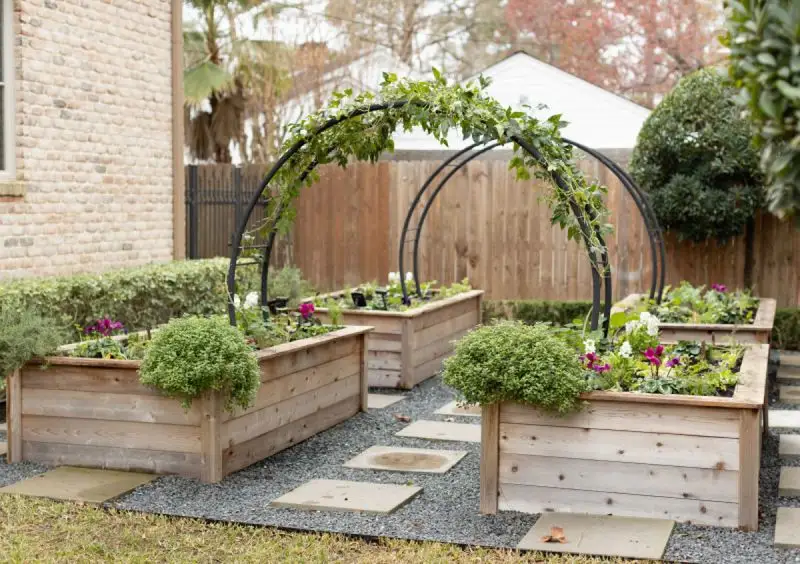
Even in confined spaces, raised beds offer an organized way to grow plants. They provide good drainage and can be filled with quality soil, boosting plant health. Ideal for vegetables and flowers, they keep plants off the ground, reducing pests and diseases. Arrange them in small yards or patios to create a structured garden layout. Raised beds are easy to manage and can be tailored to fit any space, making them a favorite among urban gardeners.
Living Walls
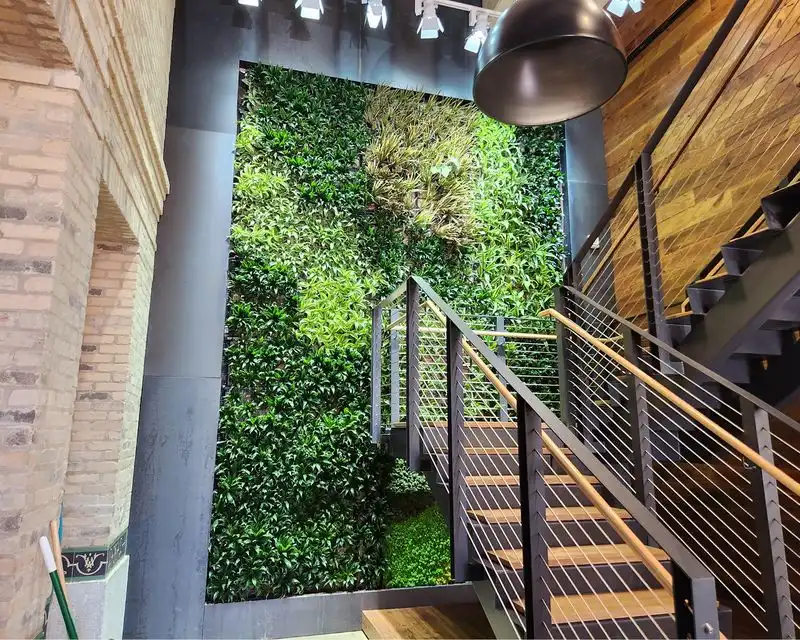
Living walls are a striking way to introduce greenery to indoor or outdoor spaces. These vertical gardens can be installed on walls, transforming plain surfaces into lush plant canvases. Ideal for small apartments or offices, they improve air quality and add a natural element. Choose a variety of plants for texture and interest. Regular maintenance, including watering and trimming, is essential. Living walls offer an innovative solution for those seeking to incorporate nature into limited spaces.
Square Foot Gardening
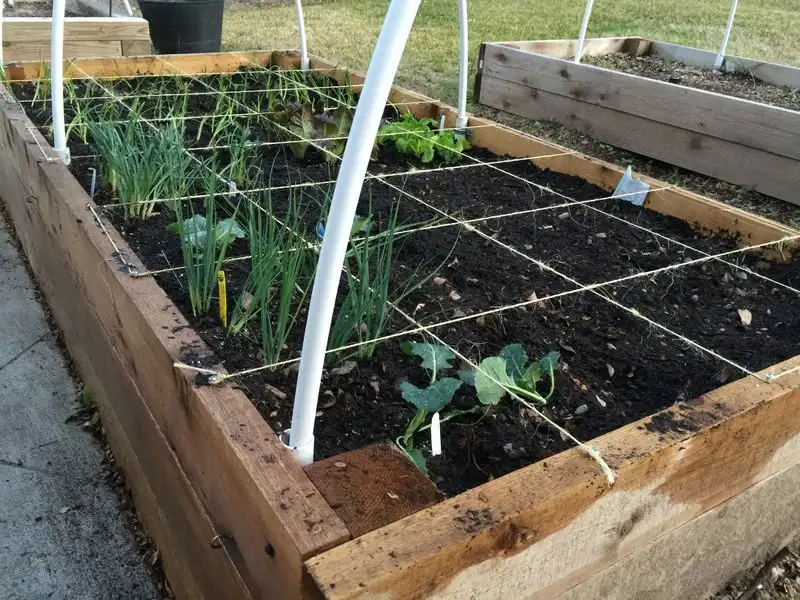
Square foot gardening maximizes productivity in limited areas by dividing space into square foot sections. Each section can host a different plant, allowing for diverse crops in a compact area. Ideal for beginners, this method simplifies planting and care. Use it in raised beds or containers to grow vegetables, herbs, and flowers. Regular rotation and maintenance ensure healthy growth. Square foot gardening offers an efficient way to create a varied and productive garden in small spaces.
Espalier Fruit Trees
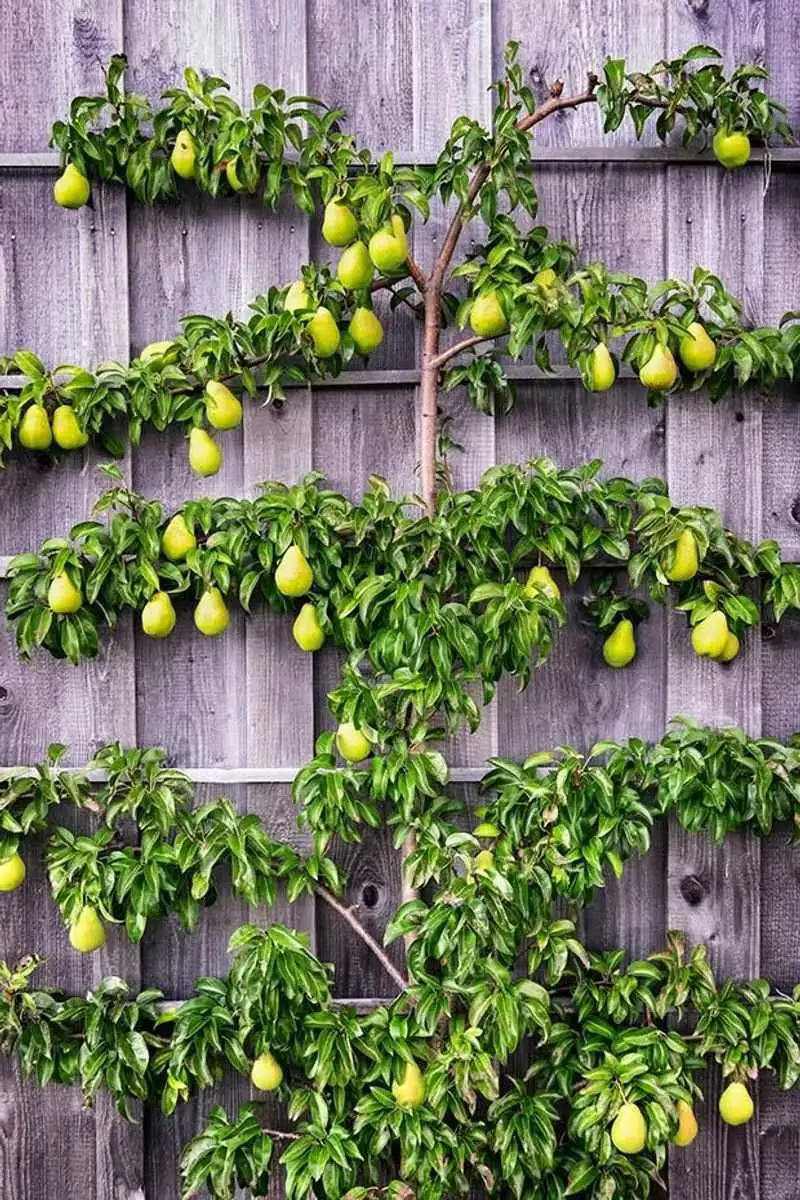
Espalier transforms fruit trees into living art by training them to grow flat against walls. This technique saves space while providing fresh fruit. Choose dwarf varieties and ensure they receive plenty of sunlight. Regular pruning and training are required for success. Espalier can be used in small gardens or even on balcony walls. It’s a creative way to enjoy fruit trees without needing a large orchard, blending functionality with aesthetic appeal.
Pallet Gardens
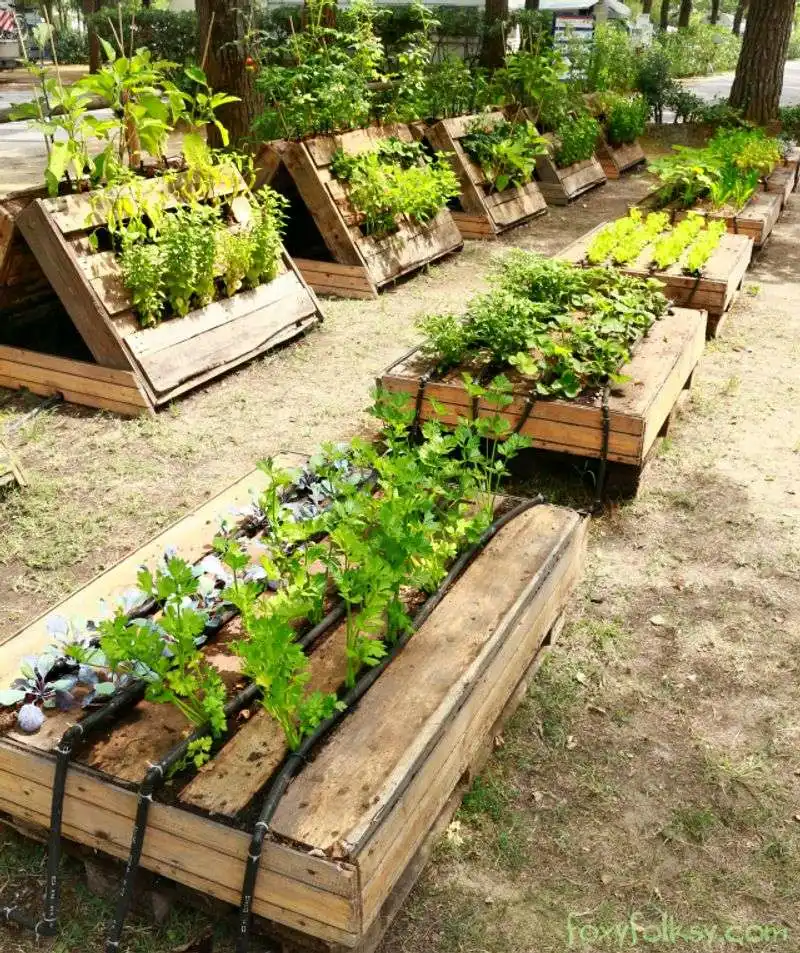
Pallet gardens offer a rustic charm and practical solution for space-saving gardening. By repurposing wooden pallets, you can create vertical gardens perfect for herbs or small plants. Secure pallets to walls or fences, filling the spaces with soil and your choice of greenery. They’re ideal for patios or balconies, adding a touch of creativity. Regular care, including watering and feeding, keeps the plants healthy. Pallet gardens are an innovative way to recycle materials while enhancing your garden space.
Roof Gardens
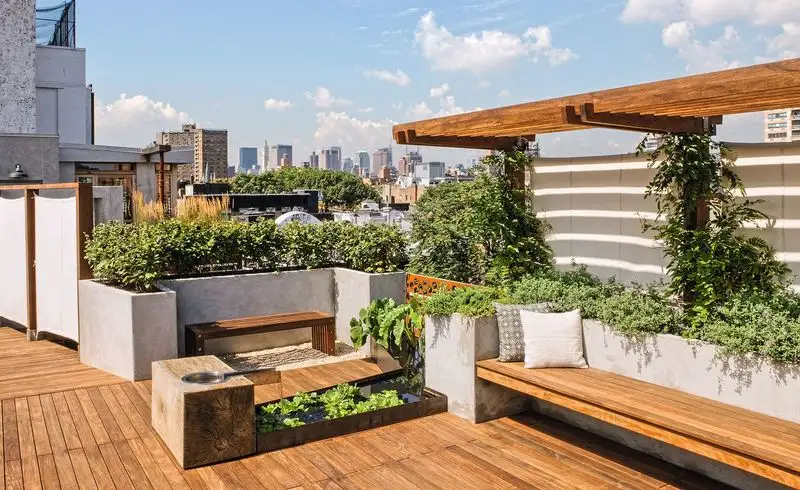
Rooftop gardens transform unused roof space into vibrant green areas. They offer a peaceful escape and can accommodate a variety of plants. Use lightweight containers and ensure the roof can support the garden’s weight. Consider wind exposure and access to water. Roof gardens not only provide fresh produce and flowers but also contribute to urban biodiversity. They’re a creative way to utilize every bit of space in a city environment.
Bonsai Trees
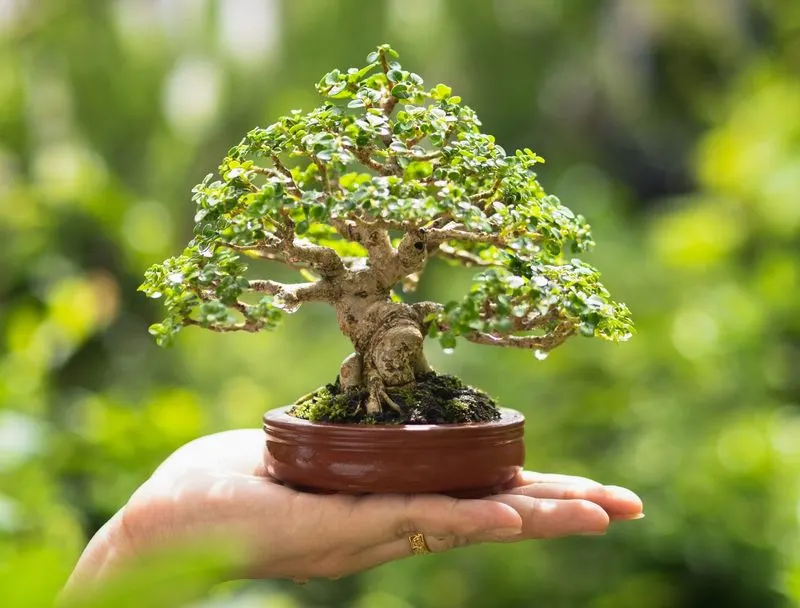
Bonsai trees bring the majesty of large trees into miniature form. They are perfect for those with limited space, offering a serene and artistic hobby. Each tree requires careful pruning, shaping, and attention to create a miniature landscape. Suitable for indoor or outdoor display, they add elegance to any room or garden. Bonsai cultivation is a rewarding practice that combines art and nature, providing a tranquil escape in busy urban settings.
Fairy Gardens
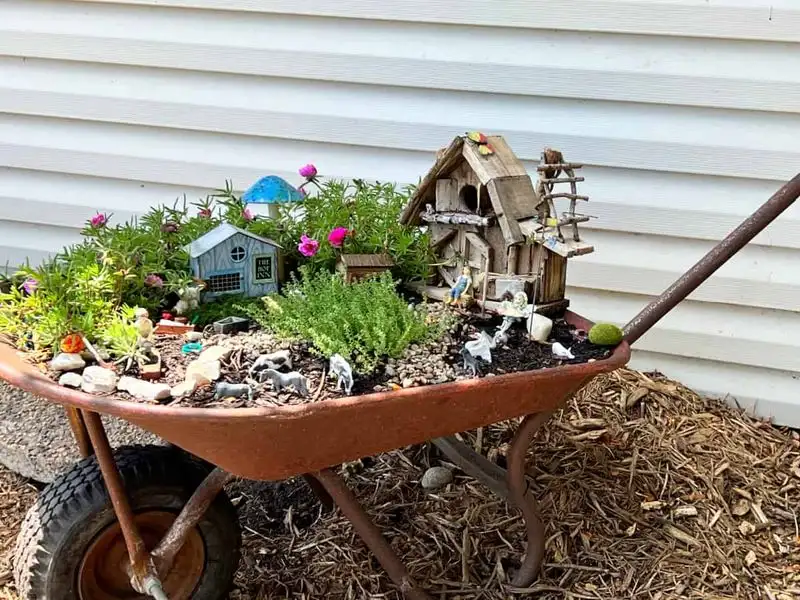
Fairy gardens invite imagination into small spaces with their miniature landscapes. These tiny worlds are perfect for containers or sheltered spots in gardens. Use small plants, moss, and decorative items like tiny houses or figurines to create enchanting scenes. They’re a delightful way to engage children or add a playful touch to your space. Fairy gardens encourage creativity and provide a unique gardening experience for all ages.
Succulent Arrangements
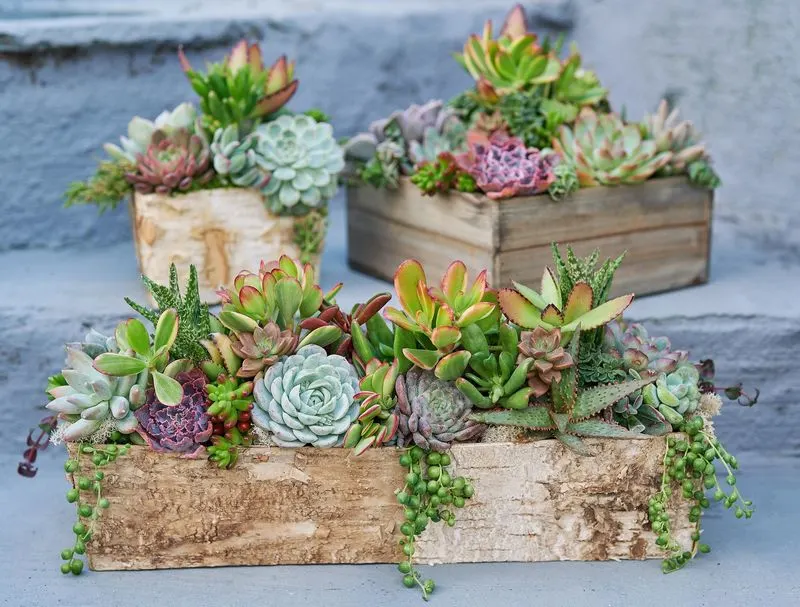
Succulents are resilient and require minimal care, making them ideal for tight spaces. Create stunning arrangements in shallow pots or trays. These drought-tolerant plants come in various shapes and colors, offering endless design possibilities. Place them on windowsills, desks, or patios for a touch of greenery. Ensure they receive adequate sunlight and occasional watering. Succulent arrangements provide a low-maintenance way to enjoy plants in small settings.
Herb Spirals
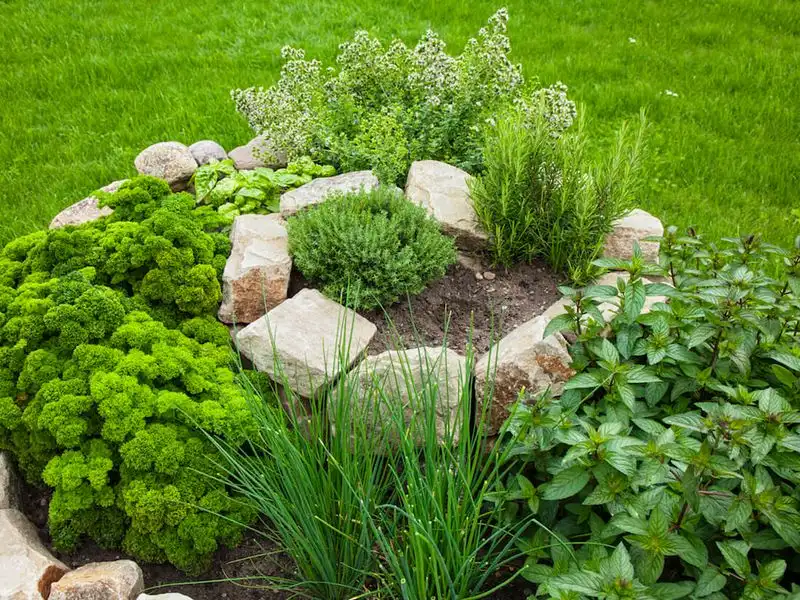
Herb spirals are a clever way to maximize space and create microclimates for different herbs. The spiral shape allows for varied sunlight and moisture levels. Plant sun-loving herbs like rosemary at the top, and moisture-loving ones like mint at the bottom. This method is perfect for small gardens or patios and adds an interesting focal point. Herb spirals provide an efficient and visually appealing way to grow culinary herbs in limited spaces.
Aquaponics
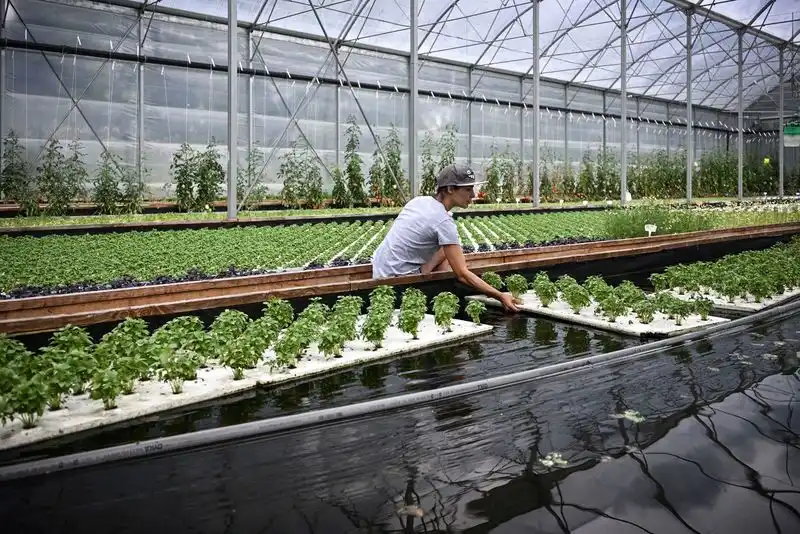
Aquaponics combines fish and plants in a symbiotic system. Fish waste provides nutrients for plant growth, and plants help filter the water. This innovative approach is perfect for small spaces, offering a unique way to grow vegetables and herbs. Systems can be customized to fit indoors or on patios. Regular monitoring ensures a balanced environment for both fish and plants. Aquaponics provides a sustainable and engaging method for gardening in confined areas.

